No other planet in our solar system has rings as splendid as Saturn’s. They are so expansive and bright that they were discovered as soon as humans began pointing telescopes at the night sky:



On Dec. 30, 1930, the first-ever photo of the Earth’s curvature was taken.
This photo was taken by Lieutenant Colonel Albert William Stevens, who was an officer in the U.S. Army Air Corps and an aerial photographer. He also happened to be a balloonist, and he once broke a world record for a high-altitude balloon flight. Stevens took this photo while flying in a balloon over South Dakota.
He used infrared-sensitive film that worked well for long-distance aerial shots in which the subject was obscured by things like haze. The mountains he was photographing were more than 300 miles away, and he couldn’t see them with his own eyes. But his camera was sensitive enough! The photo was the first visual proof that our planet is, in fact, round.
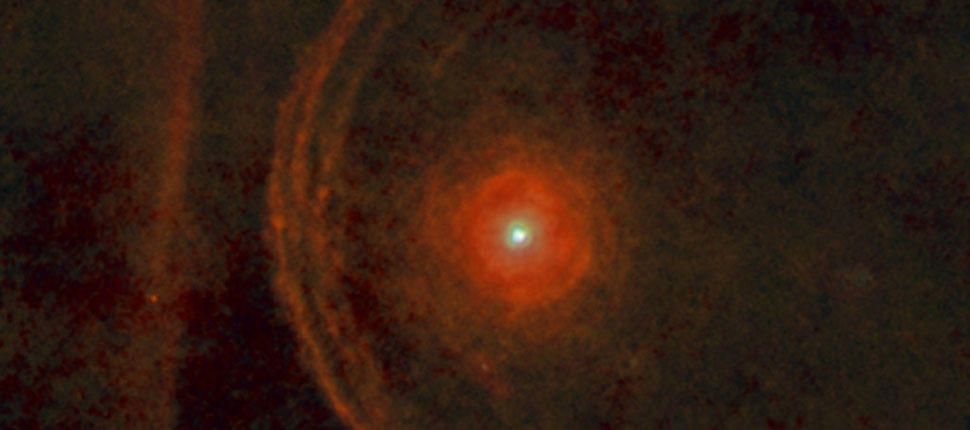
INDIANAPOLIS (WTHR) — One of the sky’s brightest stars has been acting a little weird recently.
Betelgeuse, a bright star in the constellation Orion, has been rapidly dimming since the beginning of December. It’s already dimmed by a factor of two, according to the Independent, which makes the change visible to the naked eye. Betelgeuse was once the ninth brightest star in our sky, but after its dimming it doesn’t even break the top 20 anymore, according to the Washington Post.
The star is known as a “variable” star, which means it’s characterized by cycles of brightening and dimming. However, scientists have never recorded it dimming so fast. Astronomers Villanova University say this is an all time low in brightness for the star.
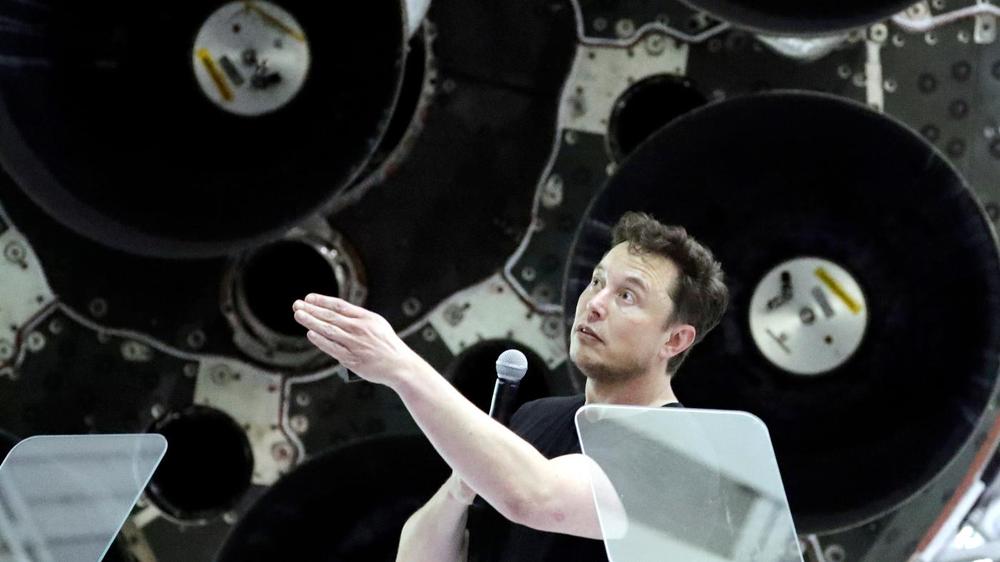
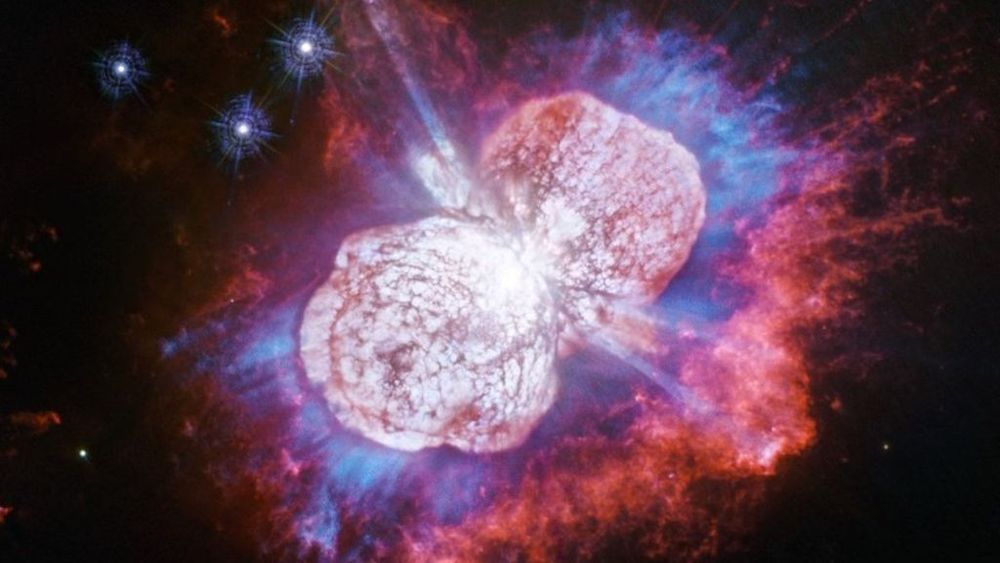
With some blockbuster space missions underway, 2019 saw some amazing images beamed back to Earth from around the Solar System. Meanwhile, some of our most powerful telescopes were trained on the Universe’s most fascinating targets. Here are a few of the best.
NASA’s Juno spacecraft has been sending back stunning images of Jupiter’s clouds since it arrived in orbit around the giant planet in 2016. This amazing, colour-enhanced view shows patterns that look like they were created by paper marbling. The picture was compiled from four separate images taken by the spacecraft on 29 May.
At the time, Juno was making a close pass of the fifth world from the Sun, approaching to between 18,600km (11,600 miles) and 8,600km (5,400 miles) of the swirling cloud tops.
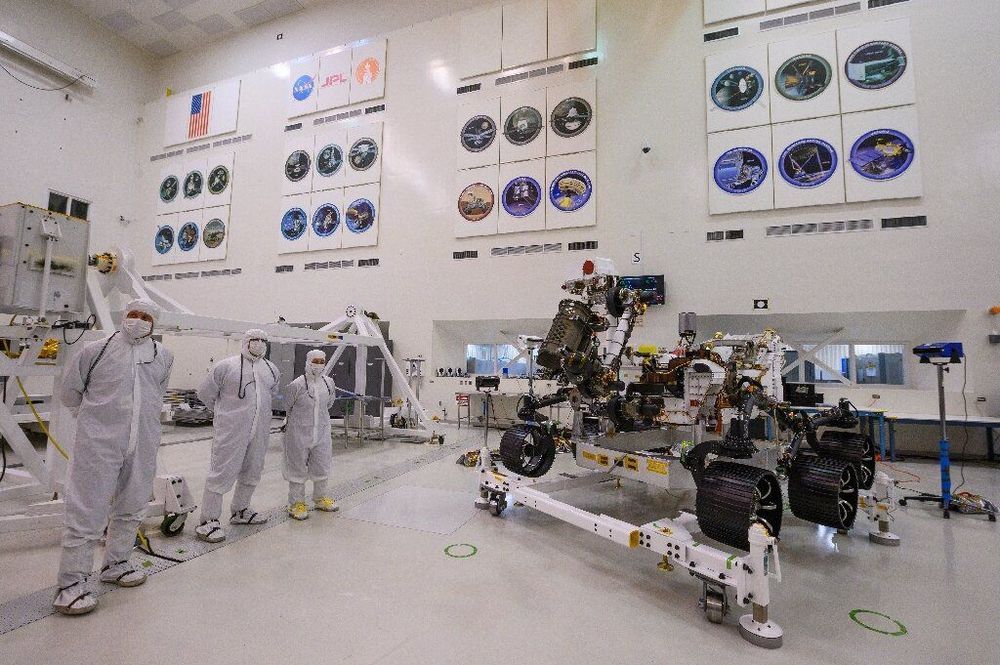
The Mars 2020 rover, which sets off for the Red Planet next year, will not only search for traces of ancient life, but pave the way for future human missions, NASA scientists said Friday as they unveiled the vehicle.
The rover has been constructed in a large, sterile room at the Jet Propulsion Laboratory in Pasadena, near Los Angeles, where its driving equipment was given its first successful test last week.
Shown to invited journalists on Friday, it is scheduled to leave Earth in July 2020 from Florida’s Cape Canaveral, becoming the fifth US rover to land on Mars seven months later in February.
NASA’s Transiting Exoplanet Survey Satellite ( TESS ) has discovered a world between the sizes of Mars and Earth orbiting a bright, cool, nearby star. The planet, called L 98-59b, marks the tiniest discovered by TESS to date.
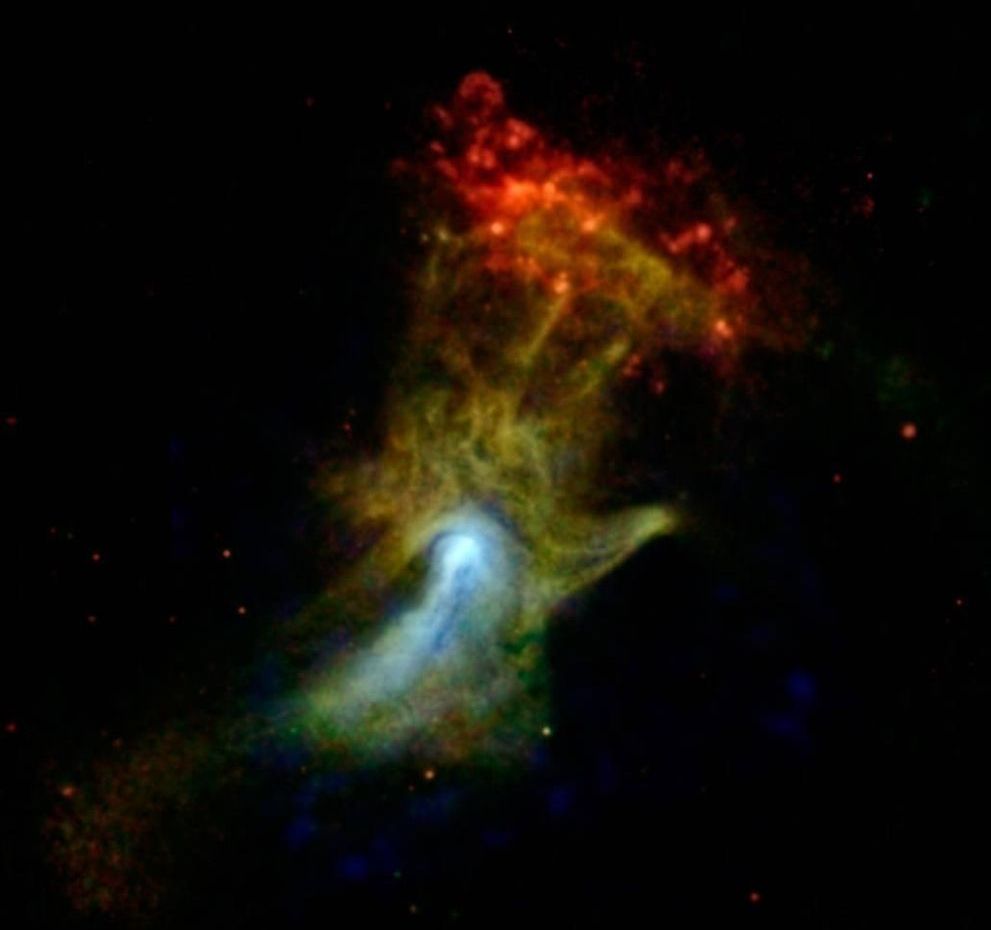
Science cannot prove the existence of God, but it cannot disprove God either; it can only disprove the notion of a specific, poorly conceived God. If you claim that your God lives in the clouds, you can disprove that God by simply observing the clouds. If you claim that God lives in our Universe, you can disprove that God by observing the entire Universe. But if your God exists in an extra dimension, before cosmic inflation, or outside of space and time altogether, neither proof nor disproof is possible.
In a fundamental way, it is purely a matter of what your faith is. All we can control, at the end of the day, is how we treat one another. Do we welcome those who believe different things than we do into our hearts, communities, and lives? Or do we shun, exclude, and “other” them?
Regardless of what you believe, I have the same advice for you: choose kindness. It costs nothing, while benefitting the giver, the recipient, and those who simply witness it. Whether you say that God made us or not, I would say the same thing: the wonders and joys of science and the Universe are for you, exactly as you are, too.
